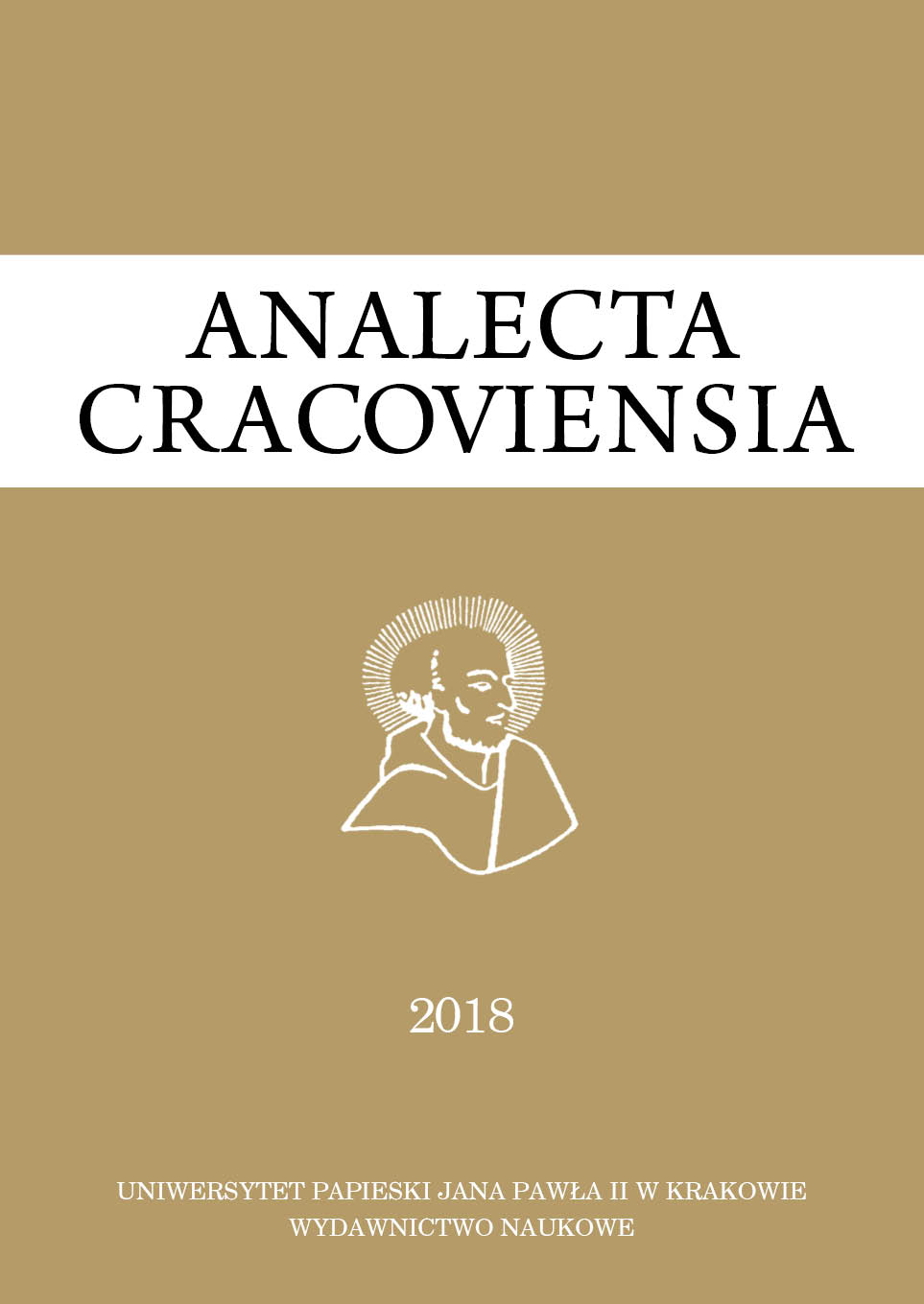Homerocentos and the Ontology of Christ
DOI:
https://doi.org/10.15633/acr.3281Keywords:
Apollinariansim, Hellinization, Homerocentos, ontology of Jesus ChristAbstract
This article deals with the problem of the ontology of Jesus Christ that emerges from the pages of the poetic works of the fourth and fifth century that are known as Homerocentos. It consists of three parts. The first presents the Homeric concept of the incarnation, which shows the understanding of the incarnation of the deity present in the Iliad and the Odyssey. In the second, a brief approximation of the incarnation tendency present in the Bible. The final part focuses on an attempt to harmonize the biblical and Homeric conception of the incarnation, and thus to reveal the ontology of Jesus Christ in the Homerocentos.
References
Daniélou J., Aniołowie i ich misja, Warszawa-Ząbki 2006.
Drzyżdżyk S., Chrystologia z perspektywy Mitu Trojańskiego, Kraków 2017.
Drzyżdżyk S., Demonologia Homerocentonów, „Bielsko-Żywieckie Studia Teologiczne” 17 (2016), p. 89–98.
Edwards M. W., The Iliad: A Commentary, vol. 5, Cambridge 1991.
Fernandez Contreras M. A., Las epifanías en la épica homérica, „Habis” 30 (1999), p. 7–17.
Gilski M., Mariologia centonów, Kraków 2015.
Heubeck A., West S., Hainsworth J. B., A Commentary on Homer’s Odyssey, vol. 1, Oxford 1988.
Homer, Ilias, Rhapsodias 1–12 continens, rec., testimonia congessit M. L. West, Stuttgart 1998.
Homer, Ilias, Rhapsodias 13–24 et indicem nominum continens, rec., testimonia congessit M. L. West, München 2000.
Homer, Odyssea, rec. A. Ludwich, vol. 1, Editio stereotypa editionis primae (1889), Stutgardiae et Lipsiae 1998.
Homer, Odyssea, rec. A. Ludwich, vol. 2, Editio stereotypa editionis primae (1889), Stutgardiae et Lipsiae 1998.
Homer, Odyssey. Books XIII and XIV, ed by A. M. Bowie, Cambridge 2013.
Homerocentones, ed. R. Schembra, Turnhout 2007.
Janko R., The Iliad: A Commentary, vol. 4, Cambridge 1992.
Kasper W., Jezus Chrystus, Warszawa 1983.
Kirk G. S., The Iliad: A Commentary, vol. 2, Cambridge 1990.
Łukaszuk T. D., Ty jesteś Chrystus, Syn Boga żywego. Dogmat chrystologiczny w ujęciu integralnym, Kraków 2000.
Piasecki D., Centony Homeryckie. Spotkanie tradycji pogańskiej z chrześcijańską, Kraków 2014.
Pucci P., Epifanie testuali nell’ “Iliade”, “Studi italiani di Filologia classica” 78 (1985), p. 170–183.
Sandnes K. O., The Gospel “According to Homer and Virgil”. Cento and Canon, Leiden–Boston 2011.
Sandnes K. O., Early Christian Discourses on Jesus’ Prayer at Gethsemane. Courageous, Committed, Cowardly?, Leiden 2016.
Schembra R., La prima redazione dei centoniomerici. Traduzione e commento, Alessandria 2006.
Schembra R., La seconda redazione dei centoniomerici. Traduzione e commento, Alessandria 2007.
Sesboüé B., Jezus Chrystus Jedyny Pośrednik. Rzecz o odkupieniu i zbawieniu, t. 1, Poznań 2015.
Sesboüé B., Wolinski J., Historia dogmatów, t. 1: Bóg zbawienia, Kraków 1999.
Talbert Ch. H., The Development of Christology during the First Hundred Years and Other Esseys on Early Christian Christology, Leiden–Boston 2011.
Usher M. D., Homeric Stichings. The Homeric Centos of the Empress Eudocia, New York–Oxford 1998.
Downloads
Published
Issue
Section
License
Authors who publish with this journal agree to the following terms:
- Authors retain the copyright and full publishing rights without restrictions, and grant the journal right of first publication with the work simultaneously licensed under a Creative Commons Attribution 4.0 International License that allows others to share the work with an acknowledgement of the work's authorship and initial publication in this journal.
- Authors are able to enter into separate, additional contractual arrangements for the non-exclusive distribution of the journal's published version of the work (e.g., post it to an institutional repository or publish it in a book), with an acknowledgement of its initial publication in this journal.
- Authors are permitted and encouraged to post their work online (e.g., in institutional repositories or on their website) prior to and during the submission process, as it can lead to productive exchanges, as well as earlier and greater citation of published work (See The Effect of Open Access).

